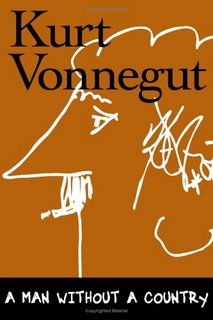The goose-step (or goose step) did not end with the Second World War, but it did start with Germans (specifically, Prussian military training in the 1700s), as der Stechschritt / Paradeschritt. These soldiers are marching before the Tomb of the Unknown Soldier in East Berlin, Deutsche Demokratische Republik (East Germany), behind the Iron Curtain, in the last decade of the Cold War. Along with San Antonio Bill and other compadres from the University of North Chapel Hill, I saw them with my own eyes, as well as leftover ruins from the Anglo-American firebombings of Dresden's city center in 1945. This was a doubly eye-opening and strange experience, because we were behind what were currently labeled enemy lines during the Cold War, looking at the ruins of previously labeled enemy lines decimated from above, in what is now a reunited "friendly" Germany.
Todays Rune: Gateway.






















